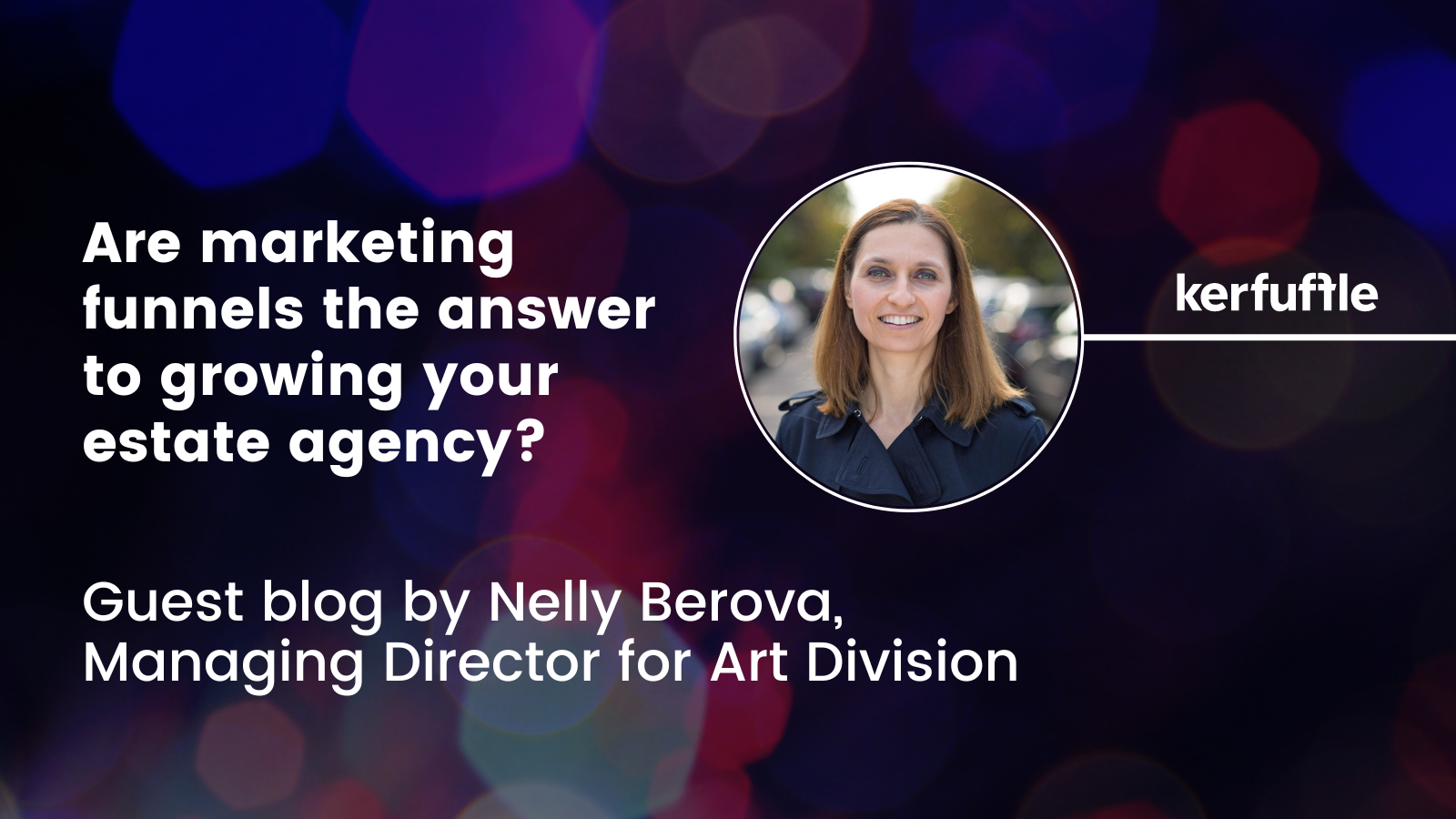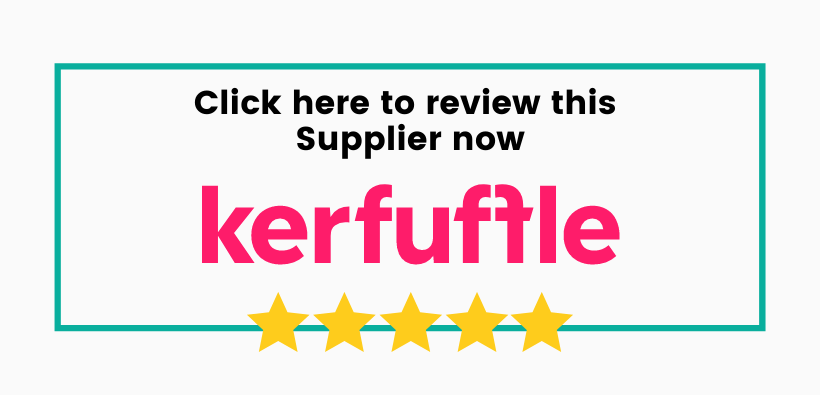If you were to ask us for one big idea for growing your estate agency right now, a good place to start would be to target specific, niche audiences by using bespoke marketing funnels. If you’re not sure what we mean by ‘funnels’, this is an industry term for tunnels, which you channel your prospects through on a journey towards conversion into customers. You might also hear them called ‘sales funnels’, ‘purchase funnels’ or ‘conversion funnels’.
The key to successful funnels is having touchpoints along the way, which allow you to interact with the potential customer and guide them along the route to conversion.
If you’re wondering, why it is called a “funnel”, the answer is all in the shape. A funnel is wide at the top, growing increasingly narrow. Similarly, your campaign may attract a lot of interest in its early stages, but many of these potential customers will fall away, leaving an ever-narrower group of core prospects.
When it comes to making your funnel work, personalisation is the absolute key to success. This means optimising your messages to meet the needs of the group you have identified, whether first-time buyers, second-stepper vendors, portfolio landlords or someone else. 
There are five important rules to getting results:
1 Define your buyer
Make sure your campaign is addressing either the core desires or fears of your target group. To do this spend time at the research stage, getting to know the hopes, habits, likes and dislikes of your ideal customer - a process we call defining the buyer persona. As you do this, you need to be thinking about what keeps them awake at night, what they want or don’t want and how you might help.
For example:
- Landlords want their rent paid on time, every month, with no late payments or void periods.
- Vendors want a smooth and easy sale, allowing them to move on to their next dream home.
- Investors want to grow their profits.
Next, make them an offer that will solve their particular problem, with a piece of content matched to their needs. This may be a downloadable guide or checklist or a video podcast.
The two key elements are that the information is valuable and they need to opt-in by giving their email address in order to receive it.
2 Ensure continuity of message
As your prospect progresses along the funnel, you need to build on your work so far with further relevant content.
Never be tempted to go for conversion too quickly - If a prospect downloads a checklist for new landlords, they aren’t ready to go straight to the valuation stage. Instead, you could email them a newsletter with tips for finding the right tenant or use retargeting to show them content about the perfect check-in.
Your funnel content needs to be logical and progressive, building the relationship with clear and consistent messaging.
3 Use email automation to nurture your customer
Every sales funnel needs email automation, meaning that when a visitor clicks to access an offer or valuable piece of content, you acknowledge them instantly - building trust and reinforcing the benefits they are gaining.
This should be the first in a series of ready-composed messages, scheduled at regular intervals - once a week is a good frequency - throughout the buyer’s journey. This could be as long as a year, in the case of landlords who rarely change letting agent between tenancies, or shorter for vendors who you would expect to make a selling decision within a couple of months.
In all cases, we’d suggest you cleanse your lists regularly to make sure you are reaching the right customers and continuing to bring them valuable content.
4 Add retargeting
Also known as remarketing, retargeting is one of the most effective forms of online advertising that keeps your brand in the mind of your prospect after they have moved away from your website. Retargeting uses banner advertising on Google or Facebook to remind people who have shown an interest in your brand that that you exist, and is great for smoothing them on to the next step of the journey.
5 Get your call to action right
Remember that prospects are unlikely to travel smoothly down the funnel on their own. They need help and that will often come in the form of the call to action (CTA) - which urges them how to act at each step. Place effective and impactful CTAs along the way, checking that your instructions are clear by testing them with customers to make sure they bring results.
Find out how Art Division can help your agency here.




